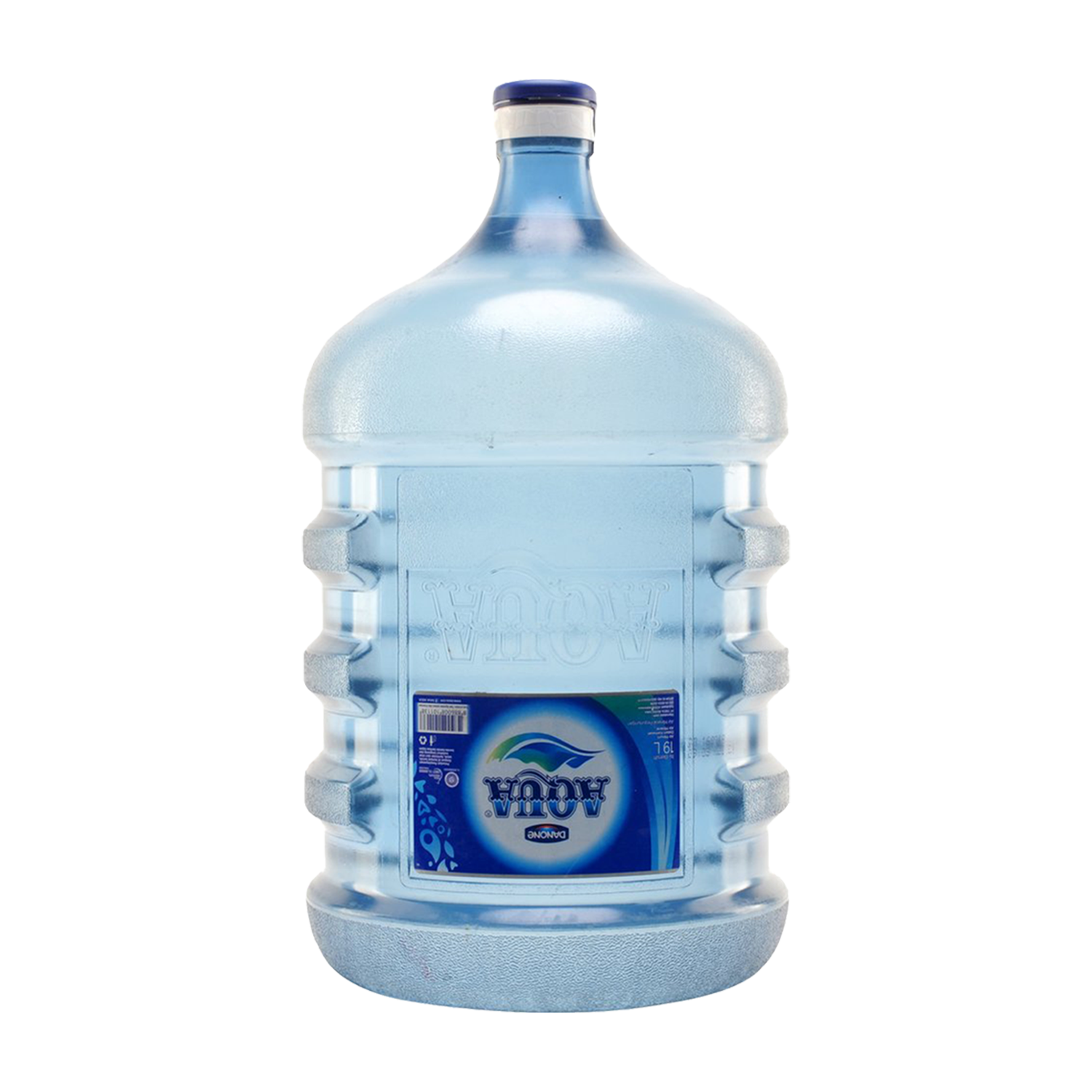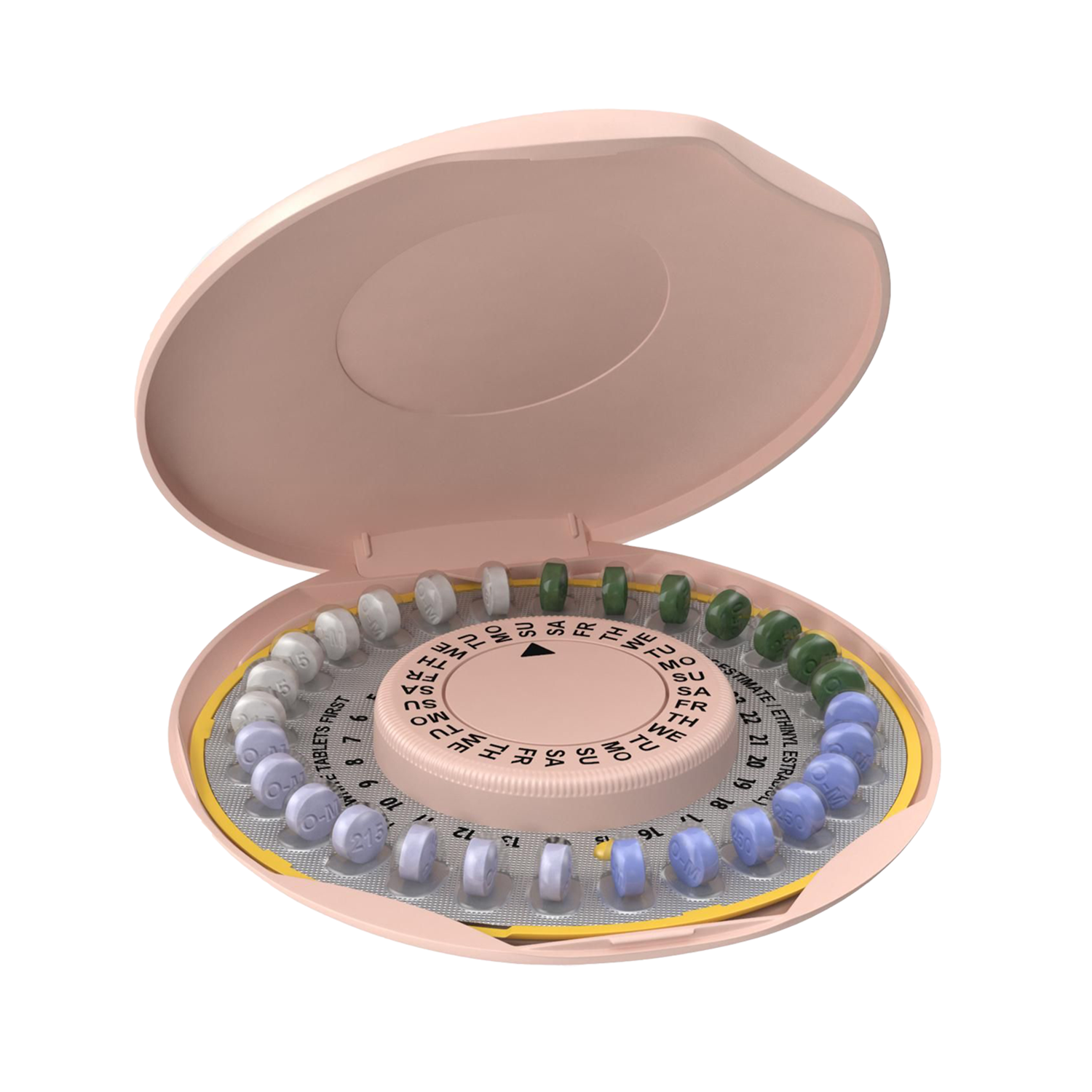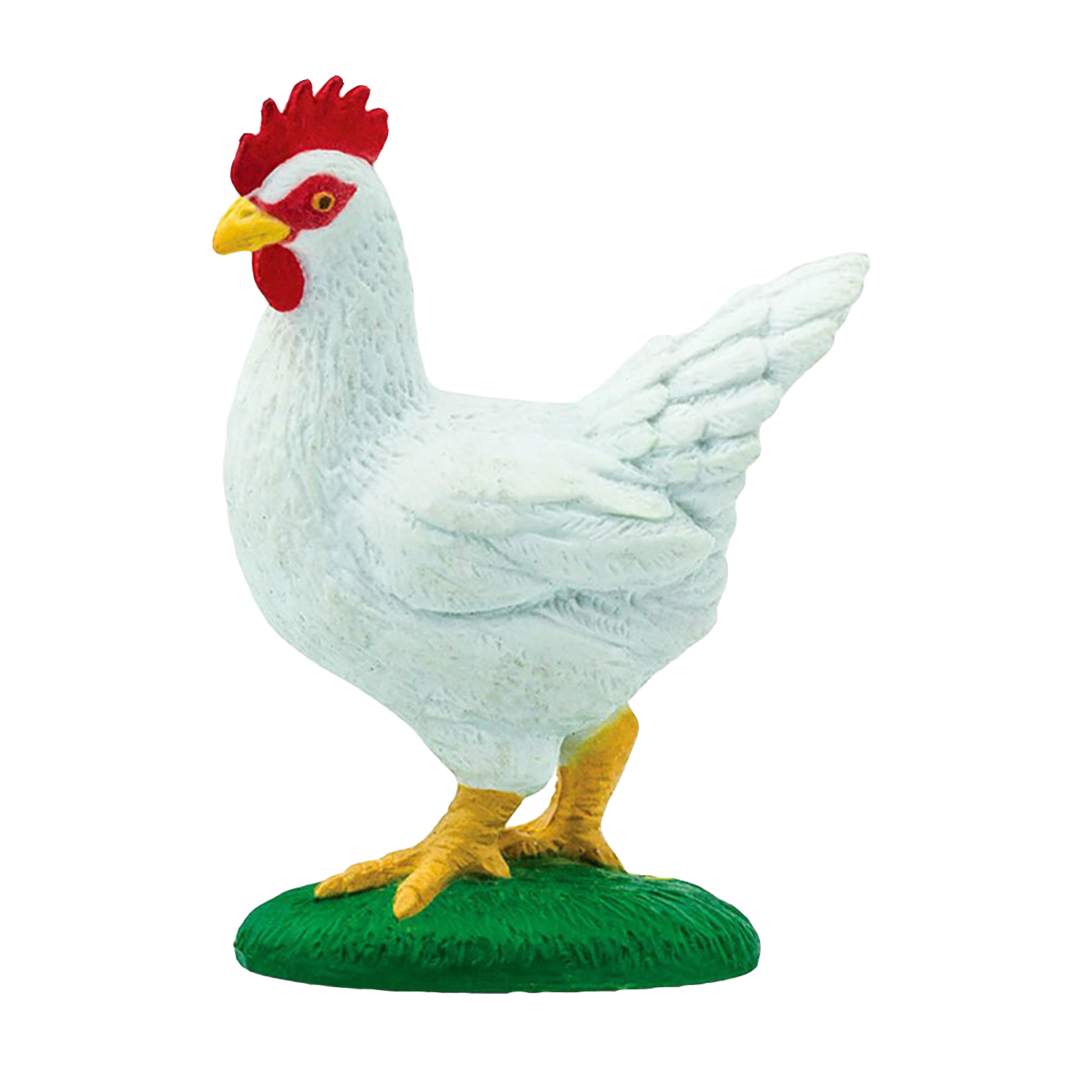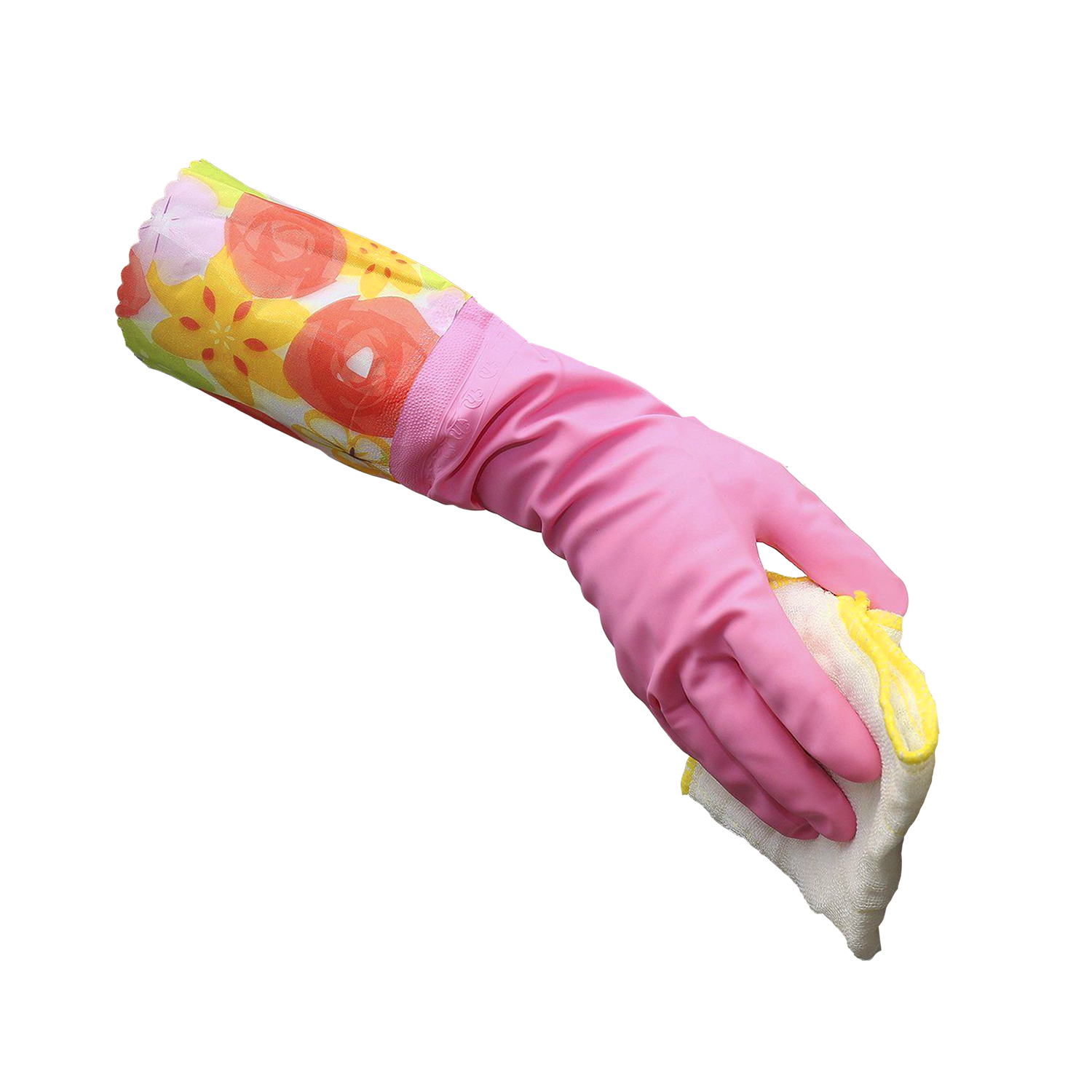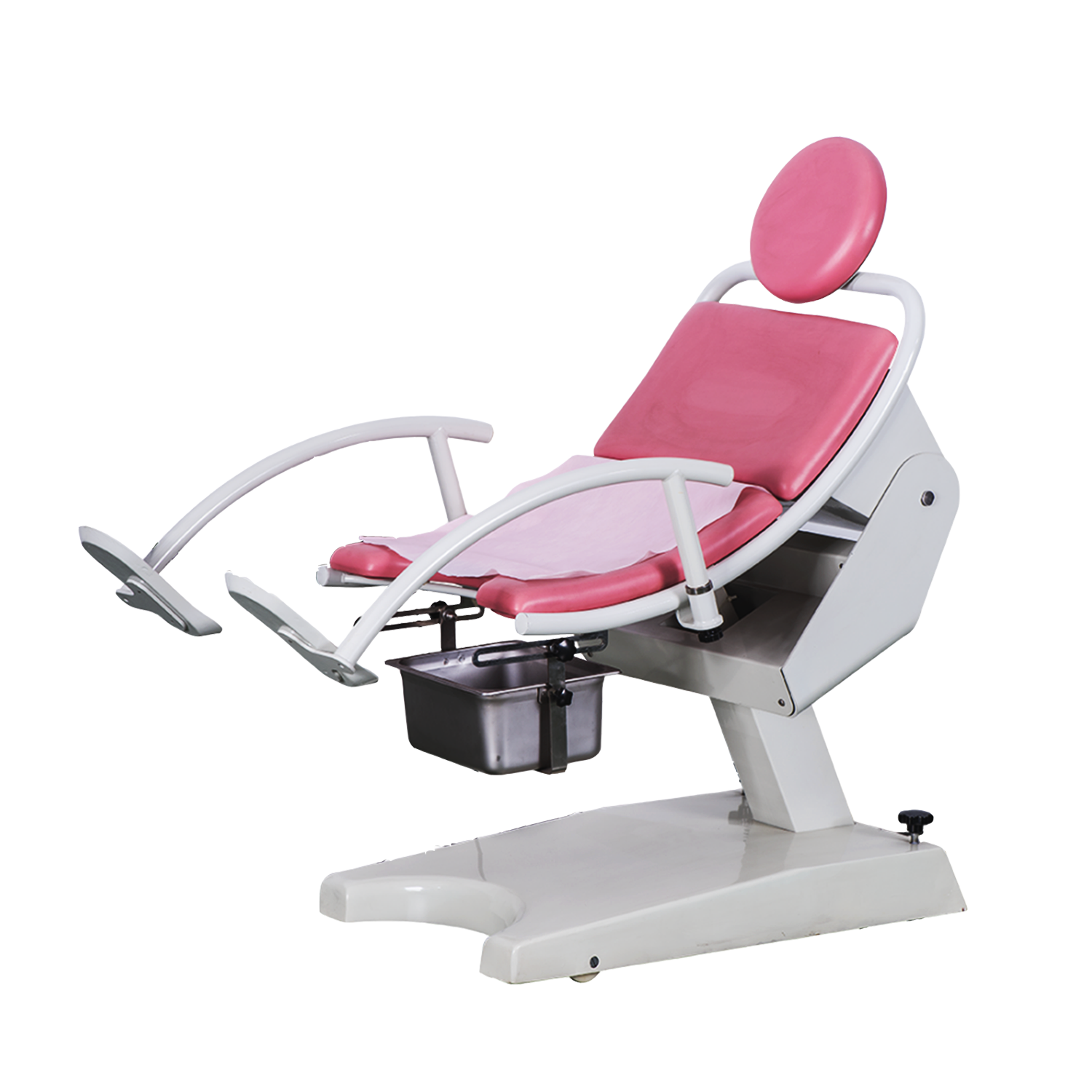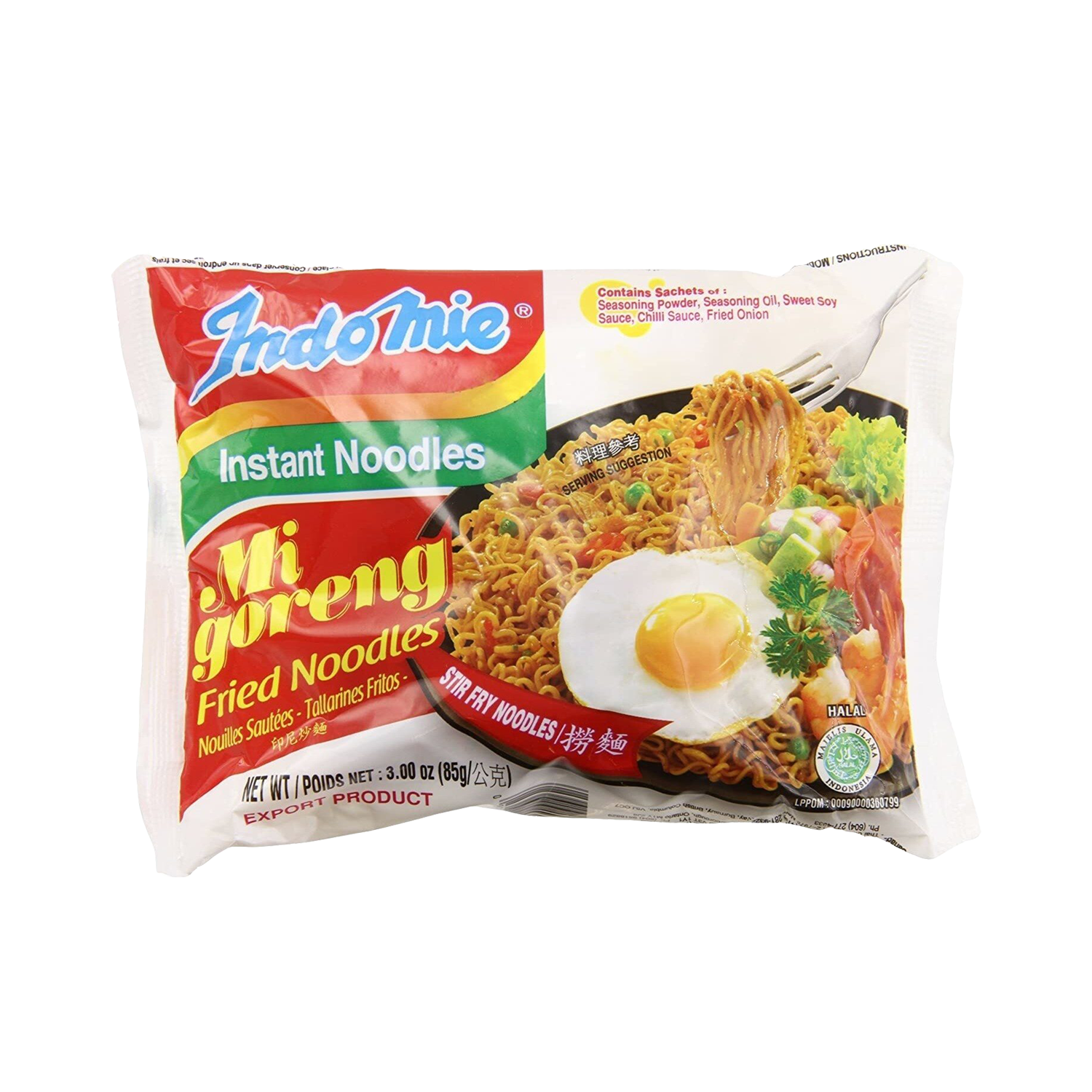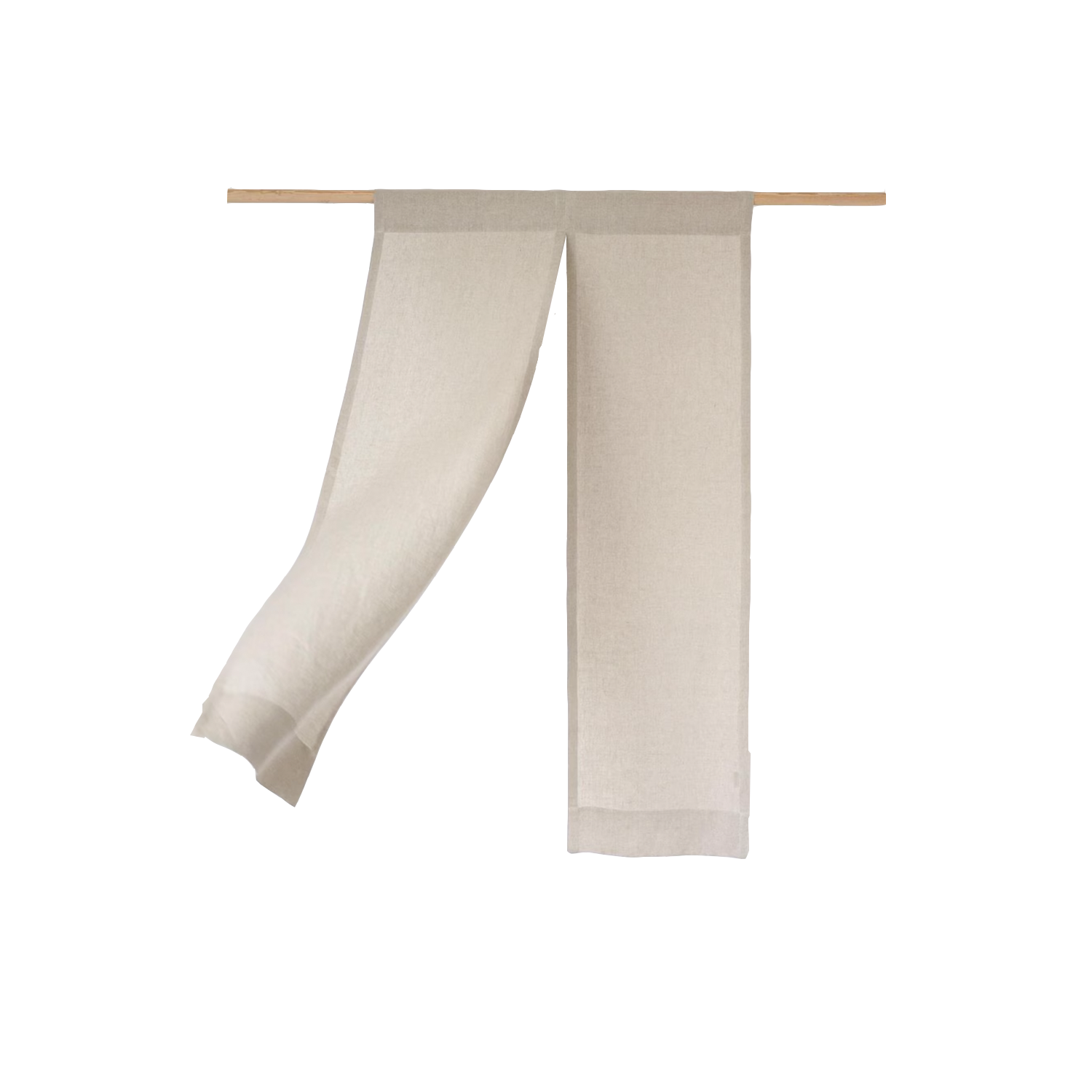Professor Neri Oxman (MIT Media Lab, Mediated Matter)
READINGS:
'Some of My Best Friends Are Germs,' by Michael Pollan, NYTimes'
'Microbiota-Targeted Therapies: An Ecological Perspective' by Katherine P. Lemon, Gary C. Armitage, David A. Relman, and Michael A. Fischbach
'Human gut-on-a-chip inhabited by microbial flora that experiences intestinal peristalsis-like motions and flow' by Hyun Jung Kim, Dongeun Huh, Geraldine Hamilton and Donald E. Ingber


The human gut microbiota is one of the most densely populated ecosystems of microorganisms on earth. With an estimated 100 trillion microorganisms, the gut is an extraordinarily complex system of microbe-microbe and microbe-host interactions. A growing body of research is beginning to elucidate the diverse impacts the gut microbiota plays in human health and development, from nutrition, to disease, and even cognition. Recently, with the success of fecal matter transplants (FMTs) to treat infectious disease, microbes are emerging as a unique therapeutic. Model systems to both prototype and study complex polymicrobial systems are a necessity for producing robust microbial communities that can be engineered at both the genetic level (subcellular) and population level (multicellular).
/////////////////////////////////////////////////////////////////////
EXPERIMENTAL HOMEWORK
3D print a 14 mL culture tube in at least one material. Culture a bacterial strain of your choice in this tube and compare the growth rate (optical density) over time versus a polystyrene control tube. Ideally use a strain featuring antibiotic resistance and culture in the presence of an antibiotic.
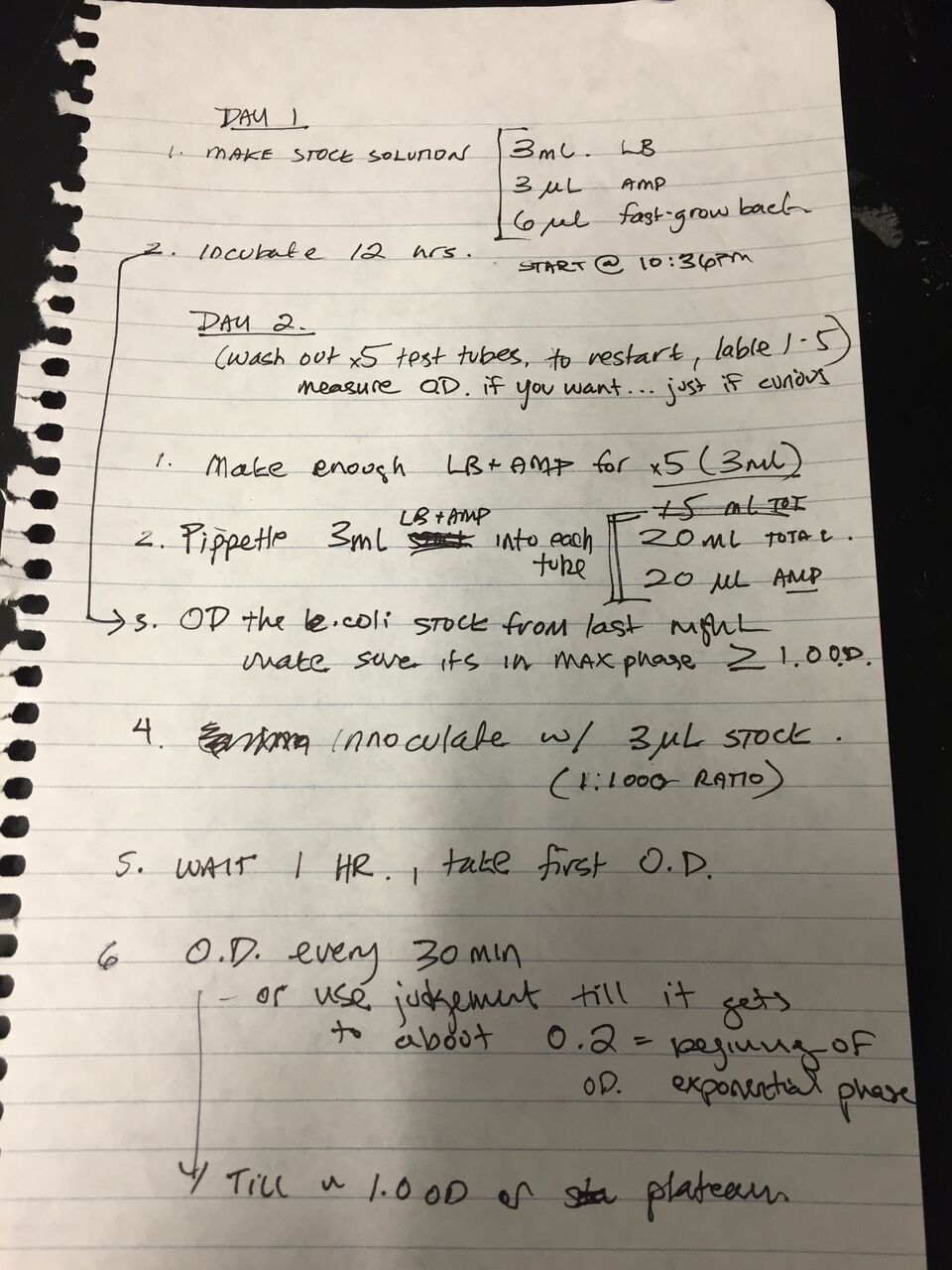



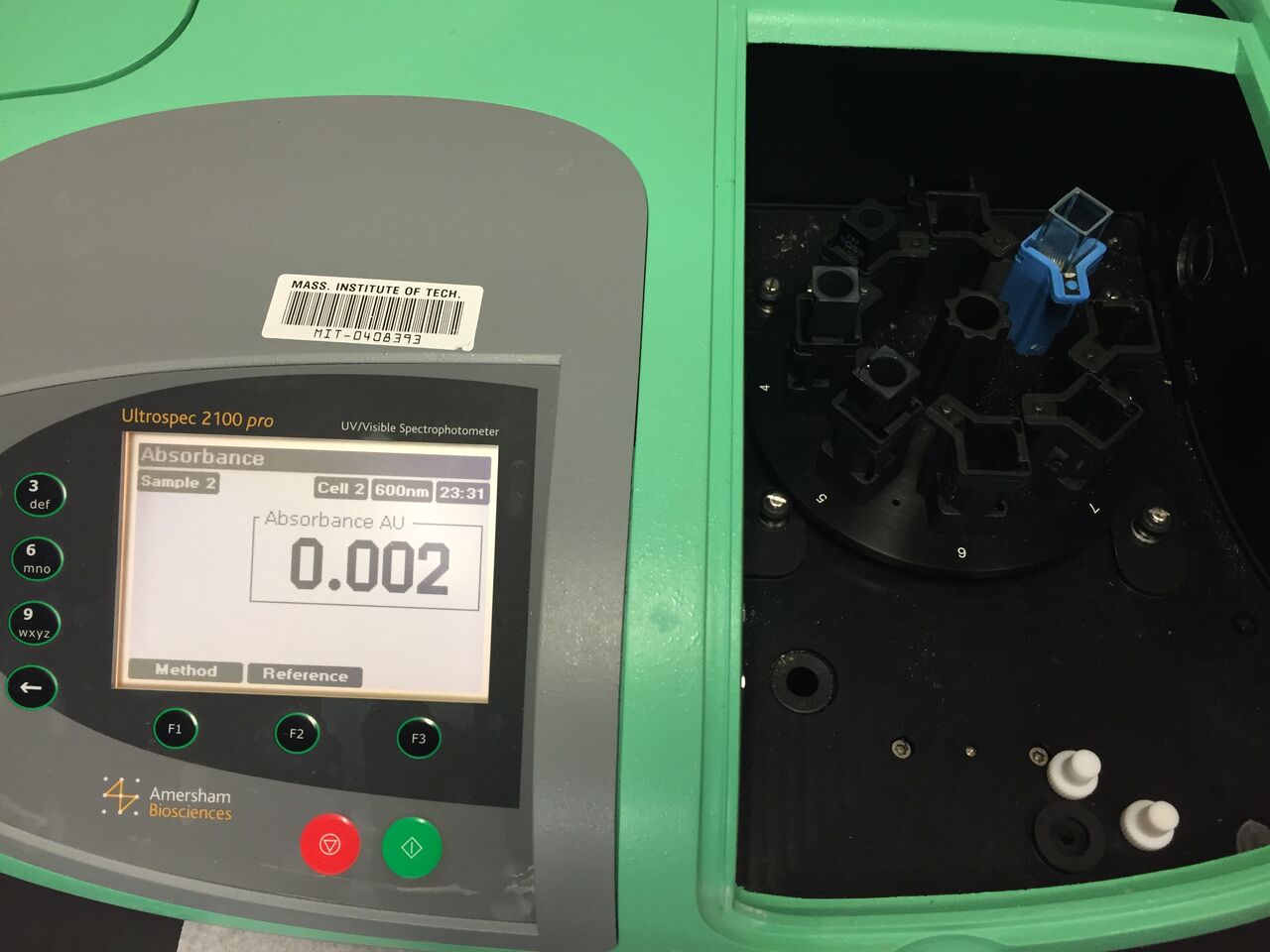
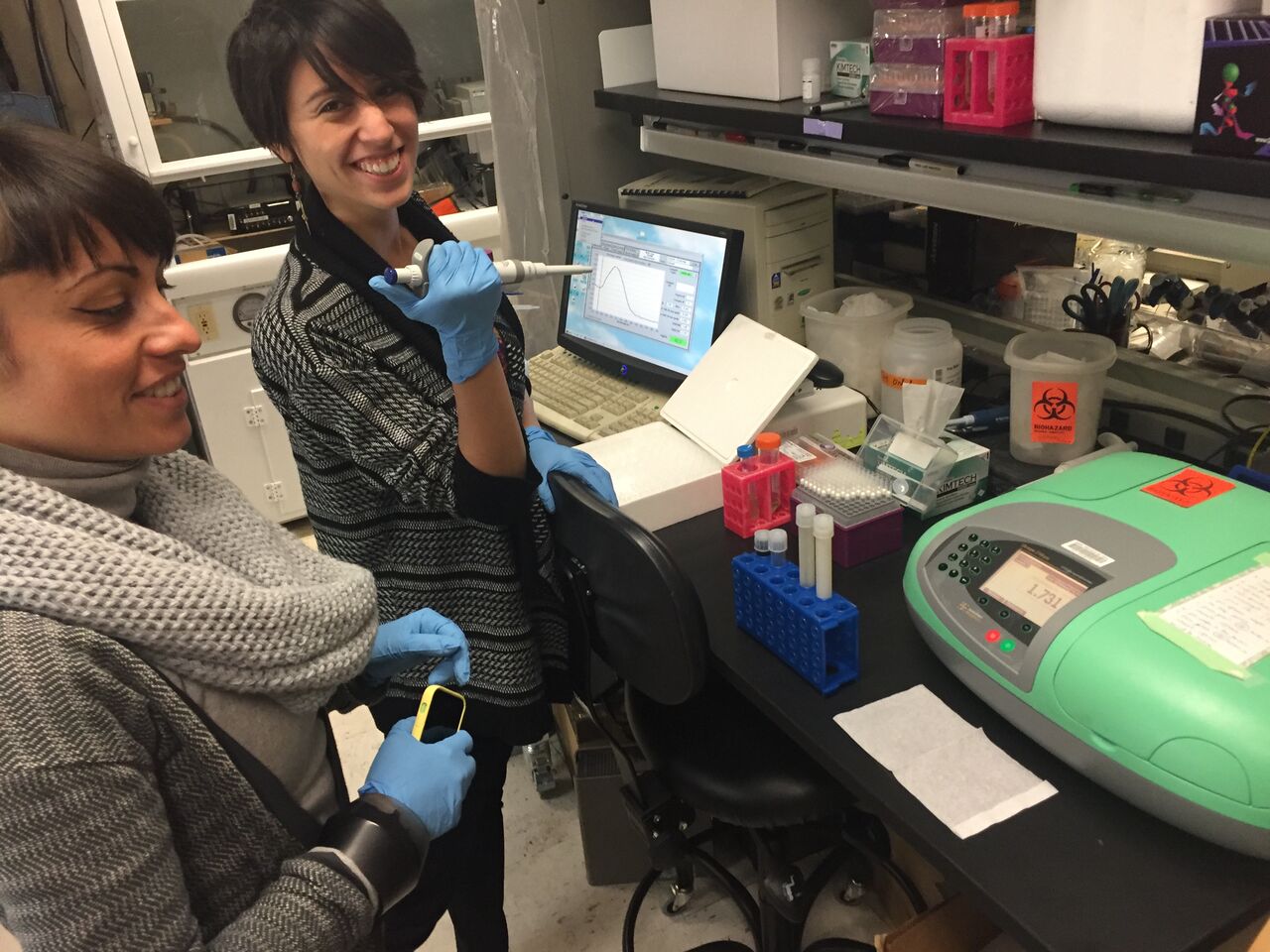

Tube and cap design files: http://metafluidics.com/devices/14-ml-culture-tube/
Extra credit: Culture multiple combinations of tube materials and strains, comparing growth rates for each against polystyrene.

/////////////////////////////////////////////////////////////////////
DESIGN HOMEWORK
(2a) Design a milli- or micro-fluidic 'artificial gut' or other 'organ-on-a-chip' device to be utilized, at a minimum, for cell culture. Feel free to design your device in 2D-CAD software or vector drawing tool (e.g. Adobe Illustrator, AutoCAD) or 3D design tool (e.g. Rhino, SolidWorks).
Rhino (for Mac): https://www.rhino3d.com/
Example designs:
http://metafluidics.com/devices/x-mixer/
http://metafluidics.com/devices/air-pocket-generator-droplet-generator/
(2b) Fabricate your device, or at least one component of your device. Document the following aspects of fabrication and function in your wiki:
What features of your organ are you attempting to emulate?
How is your device intended to function?
Were you able to fabricate your device? Which components? Which parts 'worked' and which ones didn't?
What will you aim to improve for your next iteration of design + build?



